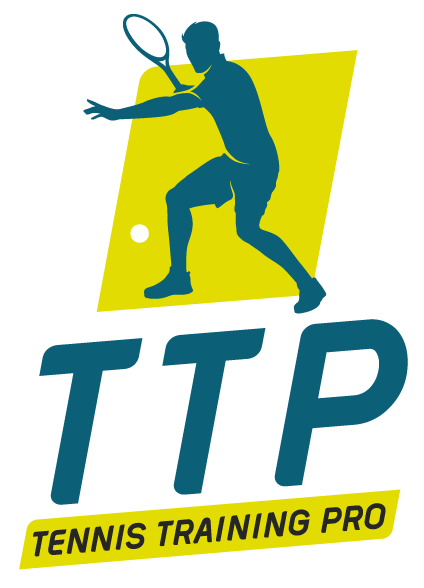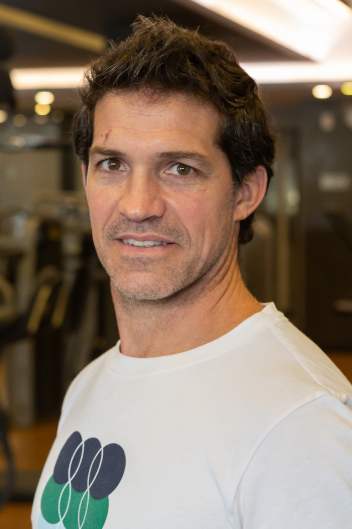How to have a healthy and safe return to tennis training
02 de April, 2021
After being without activity for a while – either on vacation or due to the situation imposed by the pandemic – it is necessary to concentrate on some items for the return to tennis training.
The lack of physical activity for a long period of time is an important factor to take into account when you want to return to the practice of sport. Whether due to the conditions imposed by the pandemic, a long vacation or lack of time, returning to tennis training must be done with the axis placed in some elements to ensure that the body regains strength, mobility and flexibility without fall into avoidable injuries.
What do you have to focus on to get back to tennis in a healthy and safe way for your body? These are our recommendations:
1. Warming up
It seems like a no-brainer, but it should never be overlooked: a good warm-up predisposes the body to exertion and prevents injury. A specific warm-up for tennis should be based on three main aspects: joint mobility, activation of the stabilizing muscles and lastly, cardio-respiratory activation.
2. Adductor muscle
Lateral displacements and sudden changes in direction can cause strong contractions in the adductors when we play tennis. The characteristics of the contraction, isometric, eccentric and concentric vary during the gesture, especially when we skate on surfaces such as dust, although many players also skate on hard court. “The adductors” are called a group of muscles whose main function is adduction, but which act in the 3 planes of space (they also participate in rotations and flexion-extension).
Lateral movements are not common movements that we use in other daily activities, therefore, we must prepare these muscles with good warm-ups and strengthening them before an early return to the courts.
The most common warm-up and strengthening jobs are done with rubbers, sliding platforms, etc. You can find many examples and variety of these exercises on our website.
3. Forearms and shoulders
Another aspect to take into account is related to increasing the work of injury prevention, especially at the level of the forearms and shoulders. Like all joints, it is important to detect where there are movement restrictions and weakness. The first objective is to overcome these restrictions with specific joint mobility exercises and at the same time perform strengthening work to support the load and repetitive movements of tennis.
This work must be appropriate to each player, and specific to tennis. The most common restrictions in tennis players are elbow extension deficits, lack of supination, and limitations in internal rotation of the shoulder.
In this video, Juan Pablo Ficovich (Ranking 196 ATP), performs specific forearm warm-up work prior to the 3rd round of the Lima 2019 Challenger:
4. Hips
The hips in amateur and professional tennis players is another of the joints where prevention work is very important. The requirement of open blows puts stress on this joint, with the consequent decrease in its joint ranges.
Like the rest of the joints, we must ensure the range of motion and strengthen the small muscles that give it stability.
The most common restrictions are internal rotation deficits and flexed hip (shortened hip flexors that cause incomplete extension). These restrictions are a consequence of the position that the player adopts on the court of triple flexion at the level of the lower limbs and the rotations that occur in the hip during the blows.
5. Preventive exercises
Finally, preventive exercises are a great help in returning to training to minimize risks and gradually increase performance. Injuries to the skillful shoulder, tennis elbow, golfer’s elbow, pain in the wrist, lumbar or hips are the common injuries among amateur tennis players, and they are precisely the preventive kinesiology exercises, they will be able to help prevent and compensate for deficits. In short, these exercises try to minimize the decompensations caused by asymmetric sports and repetitive gestures.

 ES
ES EN
EN PT
PT



